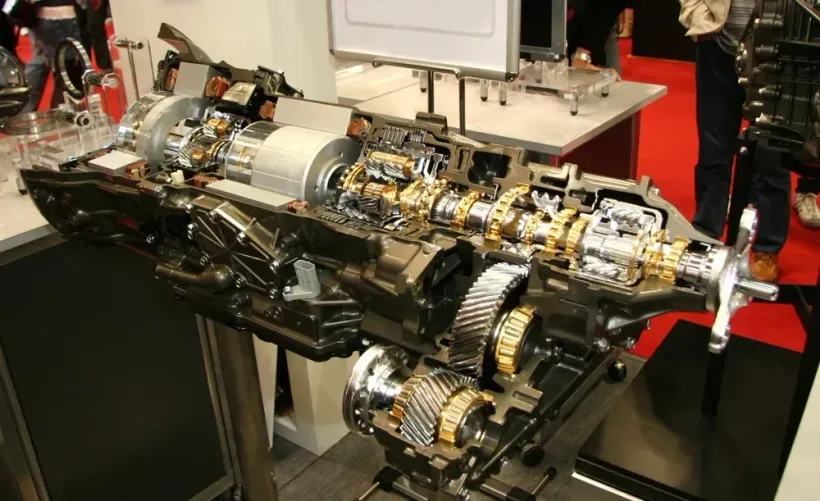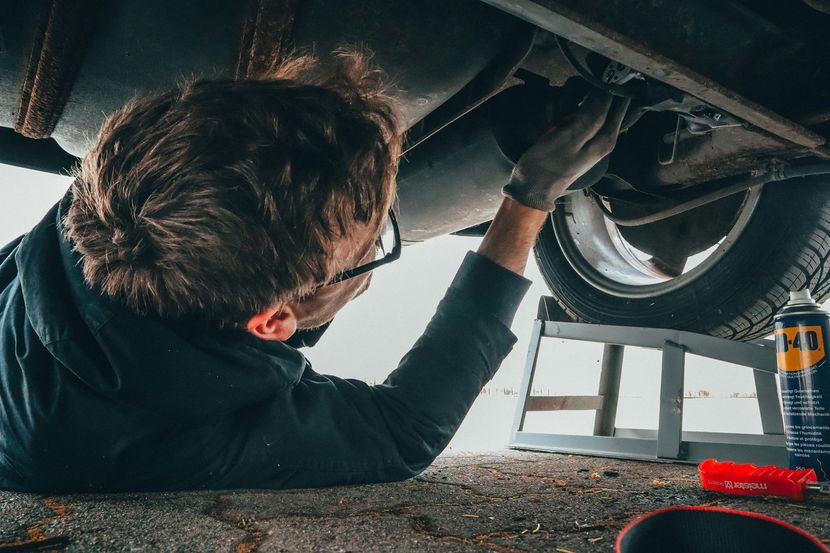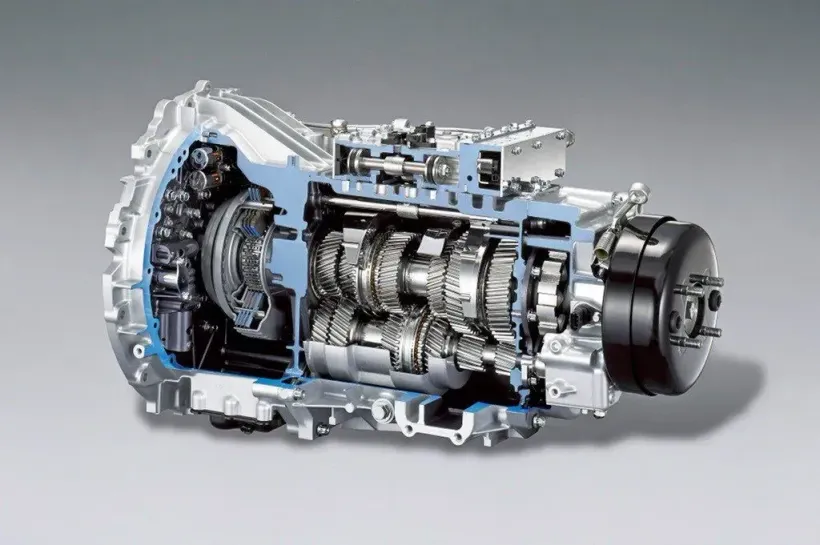Our Services
Eagle Transmission – Everything Car all in one place
At Eagle Transmission Watauga TX, we offer complete Automotive maintenance and repair services for all makes and models. We’re famous for our expert transmission skills, yes, but our ASE Certified Technicians can take care of all parts of your vehicle — including suspension and brakes work, to engine diagnostics and preventative maintenance.
Our focus is on keeping your car running safely, smoothly, and efficiently – so you can get back to what fulfills you.
Services We Offer
Please view all services to see a thorough list of our capabilities.
Fluid Replacement
Check Engine
Brake Repair
Free Diagnostic
Scheduled Maintenance
Our Auto Repair & Transmission Services
Below you’ll find an overview of our services. Click on any category to learn more about what we offer.
Call (817)405-2516 to schedule an appointment today!

All Services
A/C Repair Service
Free Transmission Diagnostics
Transmission Repair & Service
Preventative Maintenance
Transmission Rebuild
Tranmission Fluid Replacement
Differential Gear Service
Brake Repair & Services
Check Engine Light
Cooling System Service
Drive Axle & CV Axle
Engine Diagnostics
Maintenance & Repair
Manual Repair & Clutch Replacement
Shocks & Struts
Timing Belt Repair
Transfer Case Repair
4X4 Transfer Case
Water Pump Repair / Replacement
Why Choose Eagle Transmission Watauga?
- Certified Transmission Specialists – We specialize in one of the most intricate systems in your vehicle.
- All Around Auto Care - Clean ALL dust out of fan!
- Straightforward Pricing – No tricks and no surprises.
- Local Service – Covering Watauga, Haltom City, North Richland Hills, Keller & the greater Fort Worth area.

Schedule Your Service Today
📍 Address: 5951 Rufe Snow Dr, Watauga, TX 76148
📞
Call Us: (817) 405-2516
🕒
Hours: Monday – Friday: 8:00 AM – 5:00 PM
💻
Book Online

Frequently Asked Questions
What is my vehicle's transmission for?
Your transmission is responsible for keeping your vehicle moving and acquiring the right revolution for a smooth driving experience. It serves as a messenger (for a simpler explanation) that sends the power coming from the engine to the wheels.
What is the usual lifespan of a transmission?
The answer depends on how it is maintained and used. If you bring your vehicle to a reputable mechanic whenever it needs to be checked, or if you are very careful with how you drive, the transmission can outlive the rest of the car.
What is transmission fluid?
Transmission fluid is used to lubricate your entire transmission. Friction can lead to damage within; therefore, you have to ensure that it has ample fluid at all times.
What is transmission fluid?
Transmission fluid is used to lubricate your entire transmission. Friction can lead to damage within; therefore, you have to ensure that it has ample fluid at all times.
What is transmission fluid?
Transmission fluid is used to lubricate your entire transmission. Friction can lead to damage within; therefore, you have to ensure that it has ample fluid at all times.



